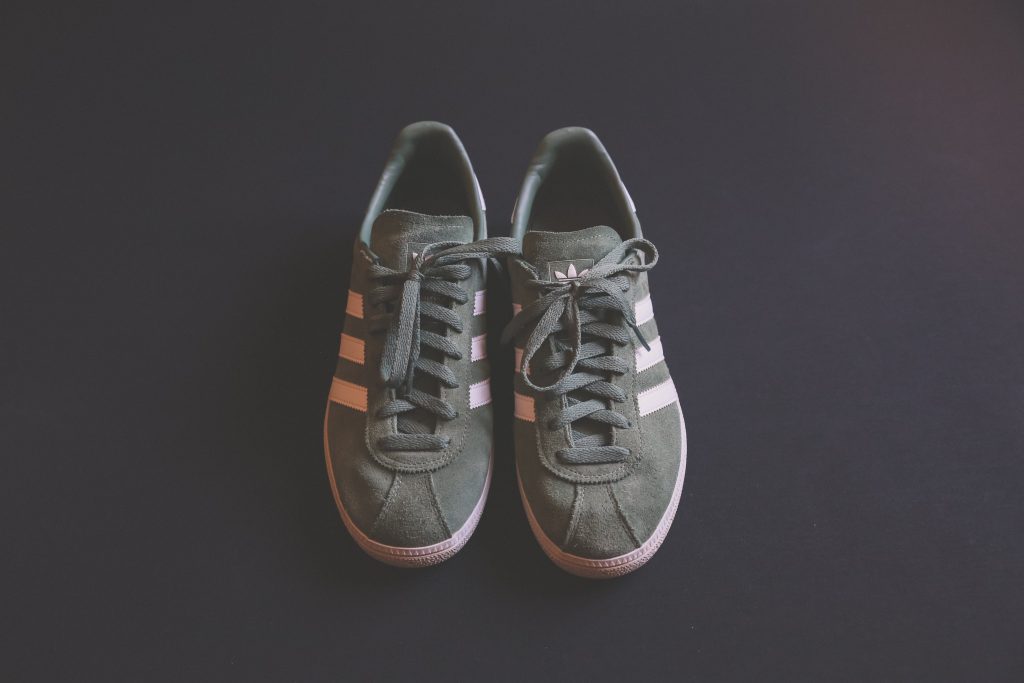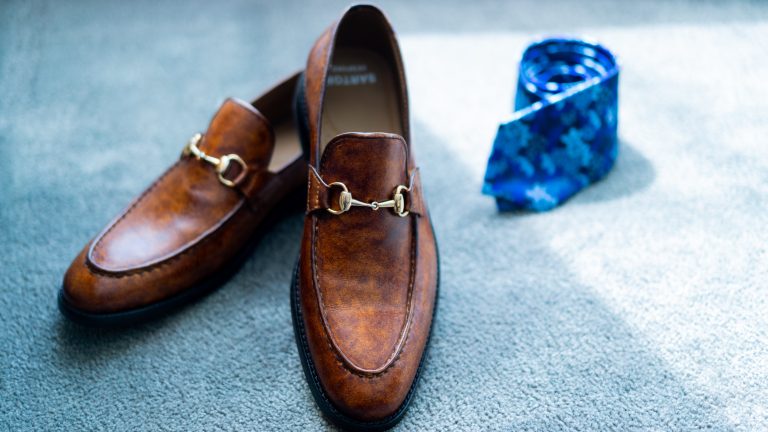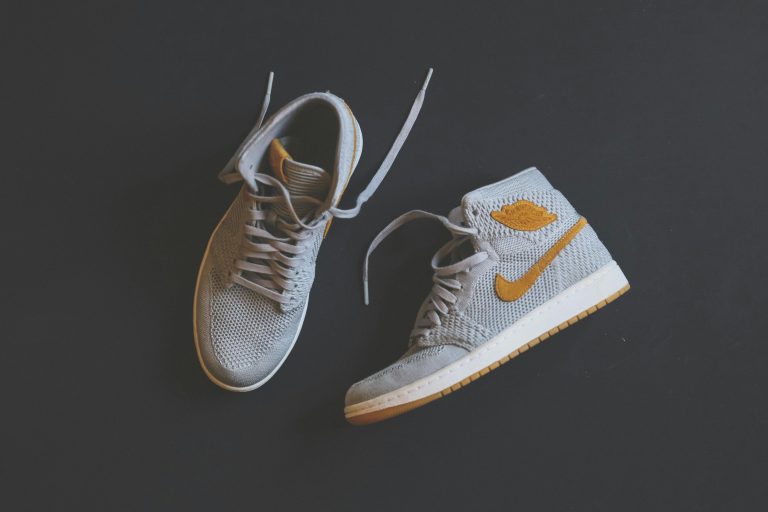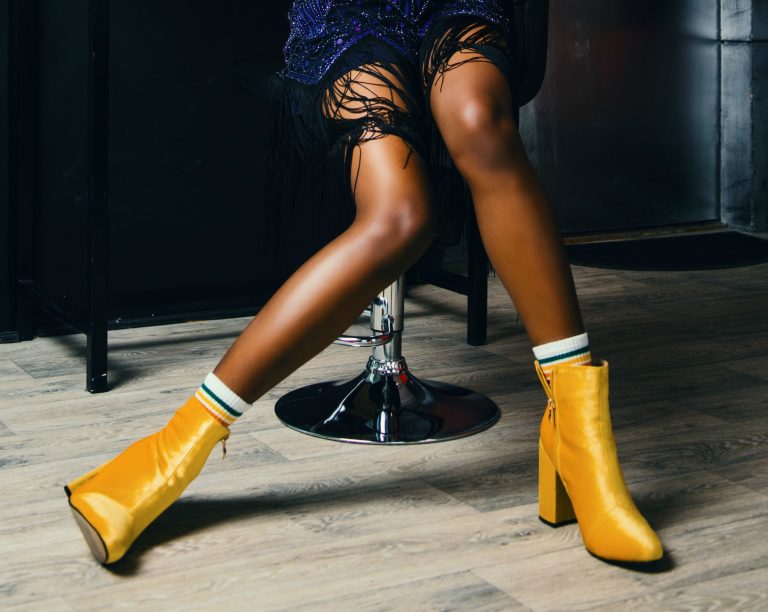What is E vs D Shoes: Decoding the Footwear Mystery
Introduction
What is E vs D Shoes: When it comes to shopping for shoes, you might have encountered terms like E and D widths. If you’ve ever wondered what these letters signify and how they impact your shoe choice, you’re in the right place. In this article, we’ll delve into the world of E vs D shoes, demystifying the terminology, and helping you make an informed decision the next time you go shoe shopping.
Understanding Footwear Widths (What is E vs D Shoes)
What Do E and D Widths Mean?
To comprehend the difference between E and D widths, it’s essential to understand that they refer to the width of the shoe. The letter ‘E’ denotes a wider fit, whereas ‘D’ represents a standard or medium width.
Importance of Choosing the Right Width
Selecting the appropriate shoe width is crucial for comfort and foot health. Wearing shoes that are too narrow or too wide can lead to discomfort, blisters, and various foot problems.
E Width Shoes: Who Are They For?
Characteristics of E Width Shoes
E width shoes are designed for individuals with wider feet. They provide ample room for the toes and the ball of the foot, ensuring a comfortable fit without squeezing or pinching.

When to Choose E Width Shoes
Opt for E width shoes if you have wide feet, experience discomfort in standard-width shoes, or have specific foot conditions that require extra room.
D Width Shoes: A Standard Fit
Features of D Width Shoes
D width shoes are considered standard or medium width. They are designed to fit most people comfortably, providing adequate room for the foot without being too tight or too loose.
Suitable Occasions for D Width Shoes
D width shoes are suitable for individuals with average-width feet. They are ideal for everyday wear, work, and most casual occasions.
Choosing the Right Width: Factors to Consider
Measuring Your Foot Width
Before making a purchase, measure your foot width accurately. Many shoe stores offer foot measuring services to help you determine your exact size and width.
Trying Shoes On
Always try shoes on before buying, considering both length and width. Walk around in them to assess comfort and fit.
Conclusion
In conclusion, understanding the difference between E and D widths empowers you to make a well-informed decision while shopping for shoes. Your comfort and foot health depend on choosing the right width for your feet. By considering your foot width, trying shoes on, and being aware of the options available, you can find the perfect pair that suits your needs and style.
Frequently Asked Questions
Q1: Are E width shoes only available in specific styles?
A1: E width shoes are available in various styles, including athletic shoes, boots, dress shoes, and sandals.
Q2: Can I wear D width shoes if my feet are slightly wider than average?
A2: Yes, you can wear D width shoes if your feet are slightly wider, but it’s essential to ensure they don’t feel too tight or uncomfortable.
Q3: Do all shoe brands offer E width options?
A3: Not all brands offer E width options, so it’s essential to research brands that specialize in wider widths for the best selection.
Q4: Can I order custom-made shoes if I have exceptionally wide or narrow feet?
A4: Yes, some companies offer custom-made shoes tailored to your specific foot width and measurements.
Q5: How often should I measure my foot width to ensure I’m wearing the right size?
A5: It’s a good practice to measure your foot width annually, as factors like age, weight, and pregnancy can affect the size and width of your feet.




Leave a comment